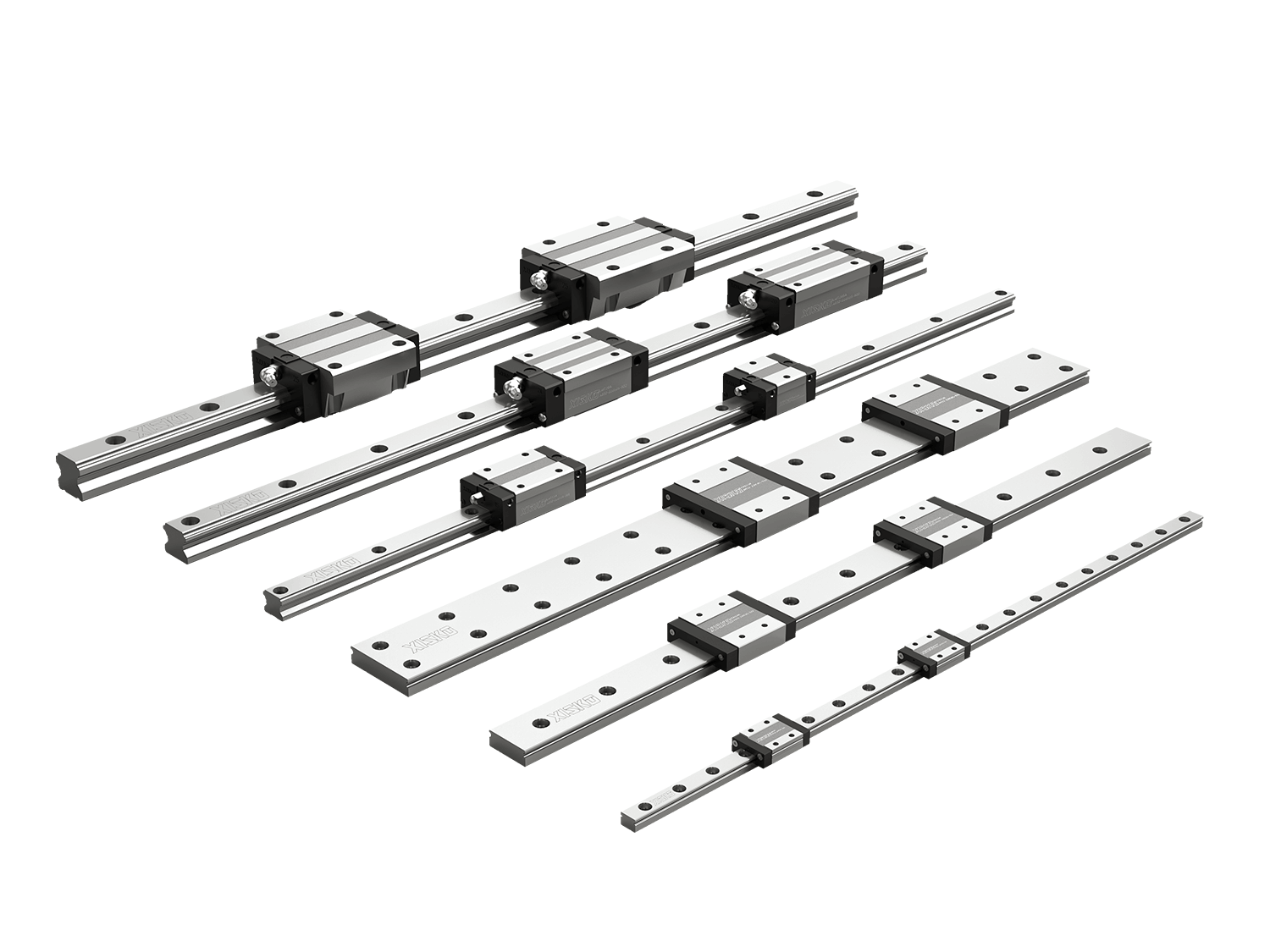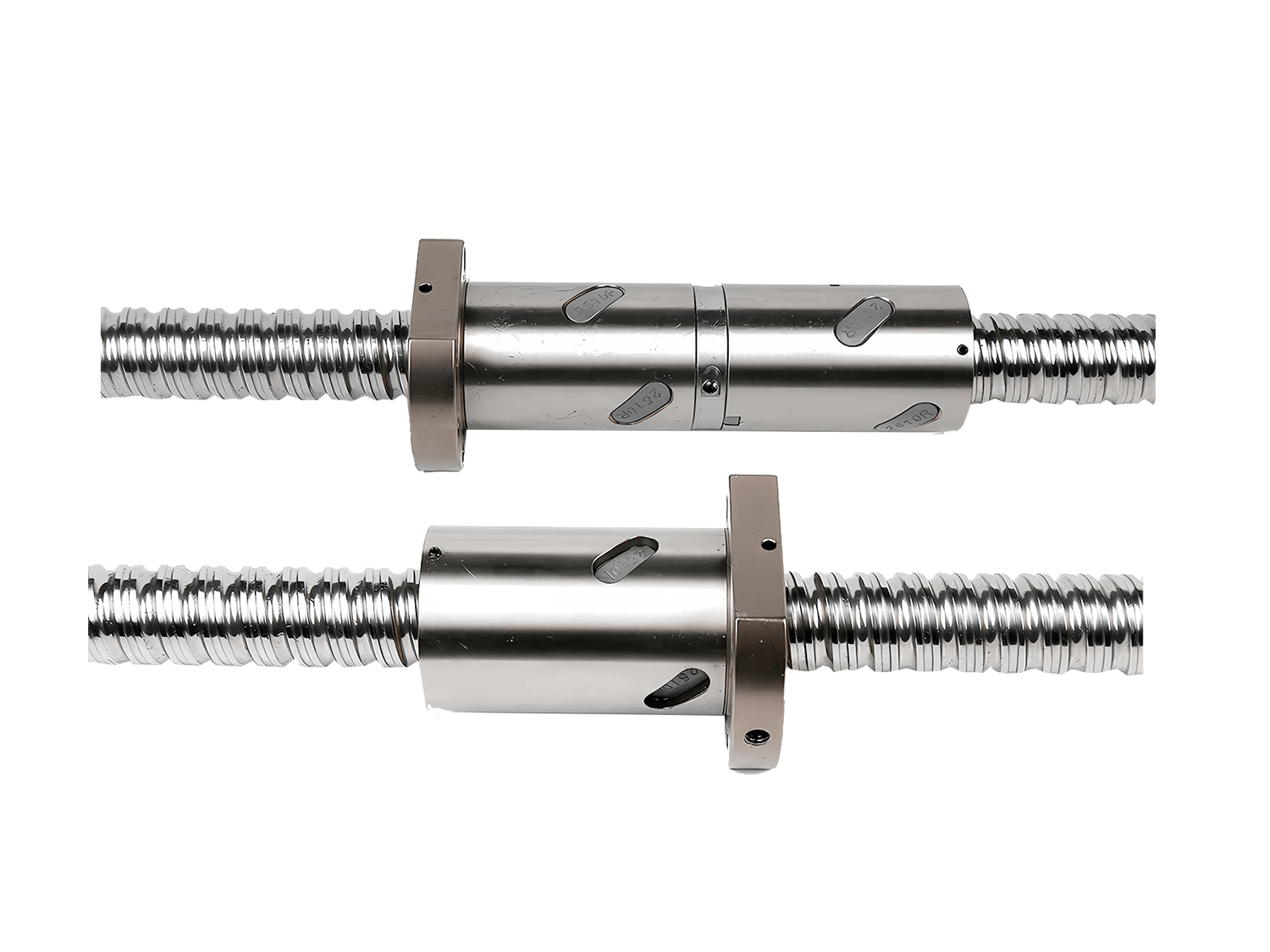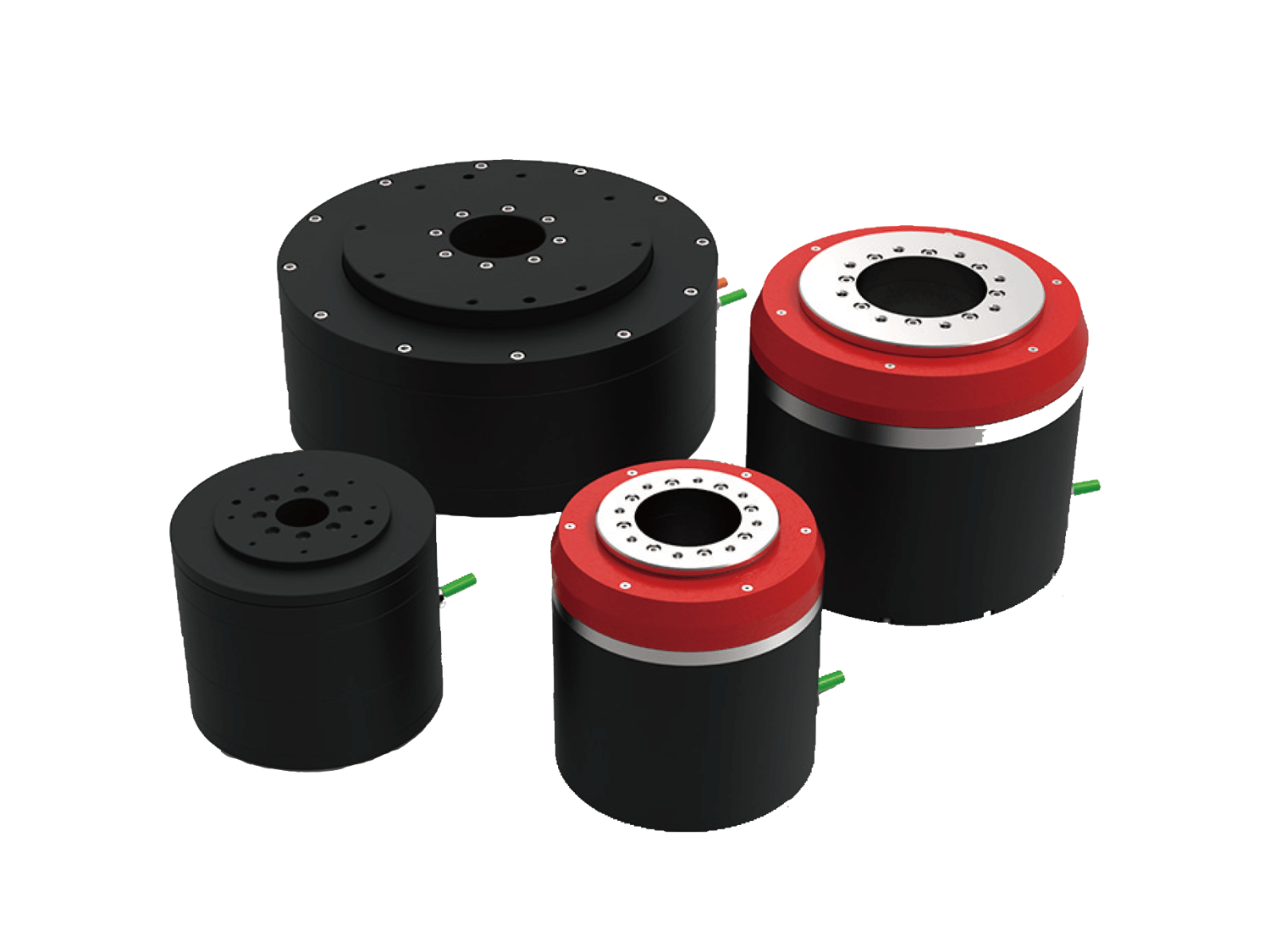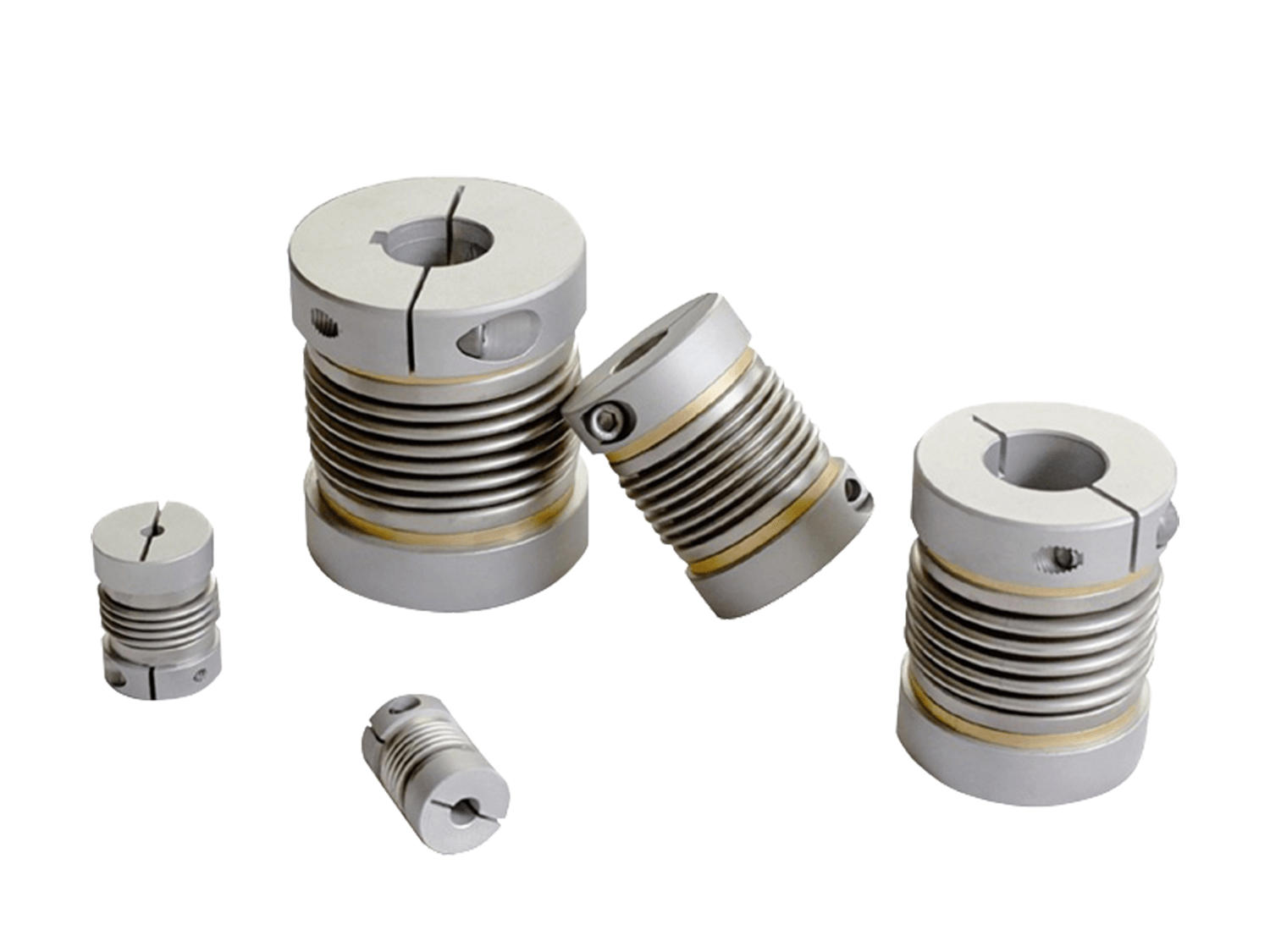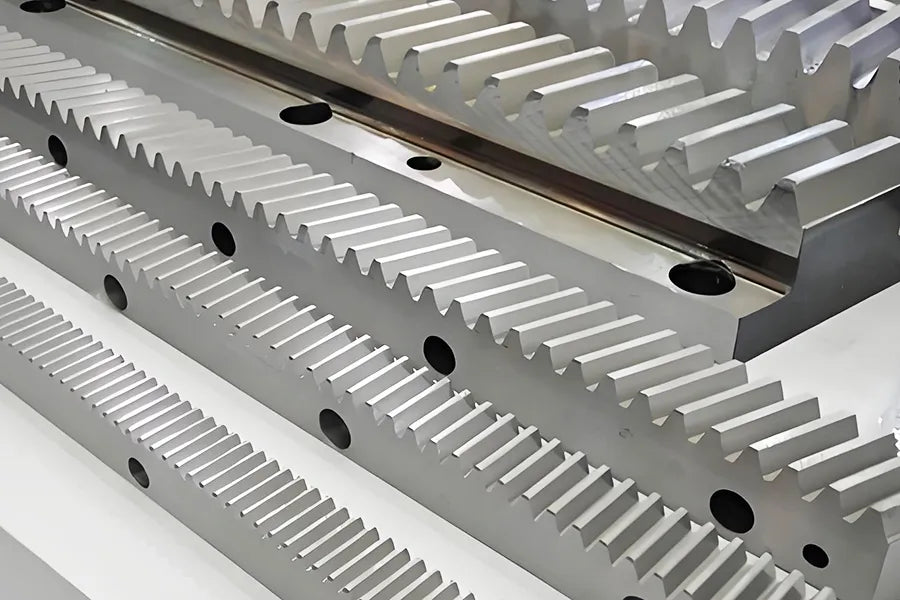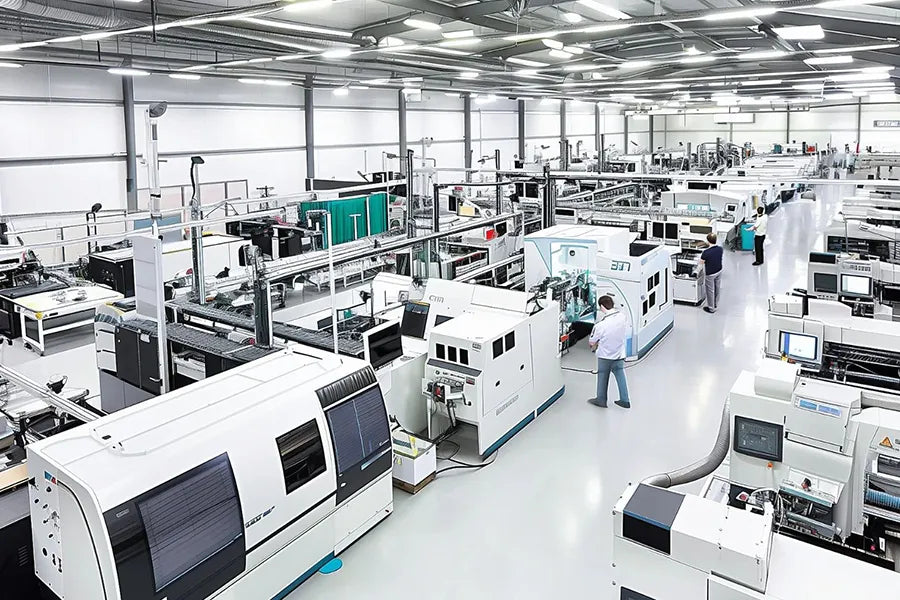As a high-precision, high-rigidity, low-friction linear motion element, miniature linear guides are increasingly being used in precision instruments due to their compact size, strong load capacity, and smooth operation. This article will systematically explain the structural features, performance advantages, and application scenarios of miniature linear guides in various types of precision instruments.
1. Structure and Features of Miniature Linear Guides
1.1 High Precision
Miniature linear guides utilize precision machining and assembly processes to ensure extremely small clearances between the guide rail and the slider, enabling high-precision linear motion.
1.2 High Rigidity
Due to the rolling action of the balls, miniature linear guides can withstand large loads and maintain stable motion.
1.3 Low Friction
The rolling friction coefficient of the balls is much lower than that of sliding friction, resulting in lower friction losses and higher transmission efficiency.
1.4 Long Life
The balls and rails of miniature linear guides undergo special surface treatment for high wear and corrosion resistance, ensuring long-term, stable operation.
2. Typical Applications of Miniature Linear Guides in Precision Instruments
The precision machinery industry requires extremely high accuracy and stability in transmission components. The outstanding performance of miniature ball linear guides makes them an ideal choice for this field.
2.1 Optical Instruments
Optical instruments, such as microscopes and telescopes, require high-precision lens movement and positioning. Miniature linear guides provide a stable motion platform and precise displacement control, ensuring the measurement and observation accuracy of optical instruments.
2.2 Precision Measuring Equipment
Precision measuring equipment, such as coordinate measuring machines and laser interferometers, requires high-precision measurement and positioning. Miniature linear guides provide a stable motion trajectory and precise displacement feedback, ensuring the accuracy and reliability of measurement results.
2.3 Semiconductor Equipment
Semiconductor manufacturing requires high-precision chip positioning and processing. Miniature guide rails provide minute displacement control and stable motion performance, meeting the high-precision processing requirements of semiconductor equipment.
3. Applications of Miniature Linear Guides in Semiconductor Equipment
With the rapid development of semiconductor technology, the application of miniature ball linear guides in semiconductor equipment is becoming increasingly widespread. From wafer manufacturing to packaging and testing, miniature ball linear guides play a vital role.
- In wafer manufacturing, miniature ball linear guides ensure high-precision motion in key equipment such as lithography machines and etching machines, thereby improving wafer production quality and efficiency.
- In packaging and testing, miniature guide rails ensure precise positioning and testing of chips by test equipment, providing strong assurance for the quality and reliability of semiconductor products.
Summary
As core transmission components in precision instruments, miniature linear guides, with their advantages of miniaturization, high precision, and strong stability, have become indispensable components in fields such as optical inspection and semiconductor manufacturing. With the advancement of science and technology, miniature linear guides will continue to develop towards higher precision and greater intelligence, providing a solid foundation for improved performance and innovative applications in precision instruments.
